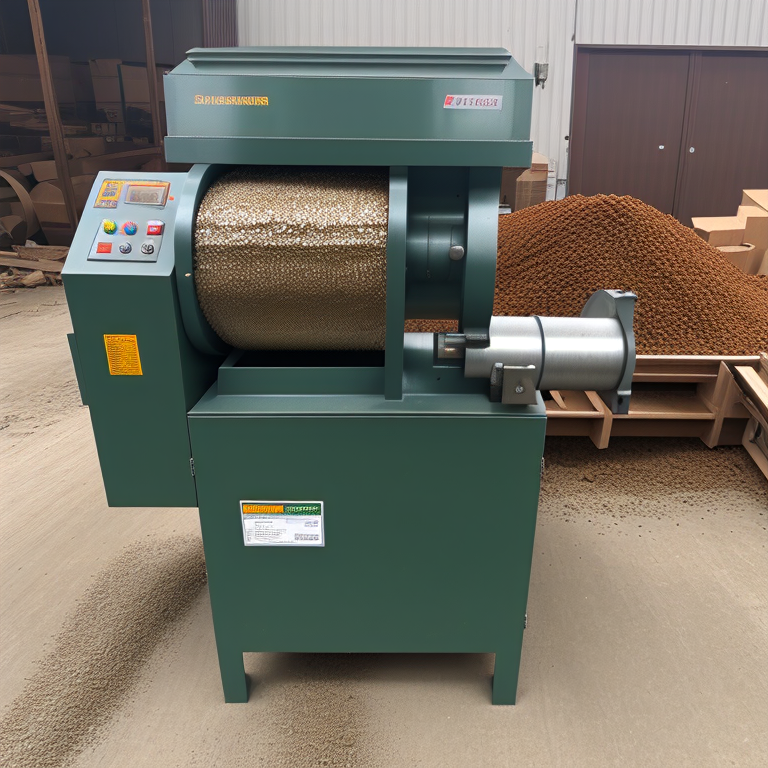In the diverse world of machinery, ‘wear parts‘ stand as a testament to resilience and durability. These specialized components, manufactured to withstand extreme wear and tear, are key to improving machine longevity and performance. However, as is the case with any solution, wear parts bring their own set of advantages and challenges. This in-depth article seeks to provide a balanced perspective, examining the positives and negatives of integrating wear parts into your machinery.
Section I: The Strengths of ‘Wear Parts’
Firstly, we explore the value proposition of wear parts:
Augmented Equipment Lifespan
Crafted from high-strength, wear-resistant materials, wear parts play a vital role in extending your machinery’s lifecycle. By assuming the heavy-duty workload, these components protect more delicate parts of your machinery, promoting a longer operational lifespan for the overall system.
Boosted Operational Efficiency
The design of wear parts is engineered to minimize friction and facilitate smoother operation, leading to significant gains in your machine’s efficiency. From wear plates in industrial crushers that cut down energy consumption, to cutting edges in excavation equipment that enhance output, wear parts elevate operational productivity.
Lowered Maintenance Expenses
Owing to their superior durability, wear parts last longer than their standard counterparts, resulting in fewer replacements. This translates to reduced downtime and, consequently, diminished maintenance costs.
Section II: The Challenges of ‘Wear Parts’
Despite the numerous benefits, wear parts are not without their drawbacks:
Higher Initial Costs
Quality wear parts typically have a higher price tag compared to standard parts due to their specialized materials and designs. This upfront cost can prove to be a substantial investment, particularly for businesses operating on tight budgets.
Need for Replacement
Even though wear parts are designed for longevity, they are not immune to wear and tear and will require replacement over time. This recurring need, combined with the higher costs of these parts, could lead to significant long-term expenses.
Limited Applicability
Not all machinery will reap the benefits of wear parts. Some equipment might not generate enough wear to warrant the extra investment, while others may require certain parts that aren’t available in wear-resistant forms.
Section III: Striking the Right Balance
Deciding whether to use wear parts depends largely on your specific circumstances. Factors such as the type of machinery you use, the frequency and intensity of its use, the operating environment, and your budgetary constraints all contribute to this decision.
For machinery operating under high-stress conditions and where standard parts wear out rapidly, the superior lifespan and efficiency of wear parts may outweigh their initial cost. On the other hand, if your machinery experiences lighter usage or operates in less demanding environments, standard parts could provide a more cost-efficient solution.
Conclusion
Deciding on whether to use wear parts involves an in-depth understanding of your machinery’s needs, balanced against the benefits and potential drawbacks of these durable components. By weighing these considerations carefully, you can optimize both the performance and lifespan of your machinery within your budget constraints. With a full understanding of the pros and cons of wear parts, you can make an informed decision that ensures your machinery continues to deliver value over the long term.
